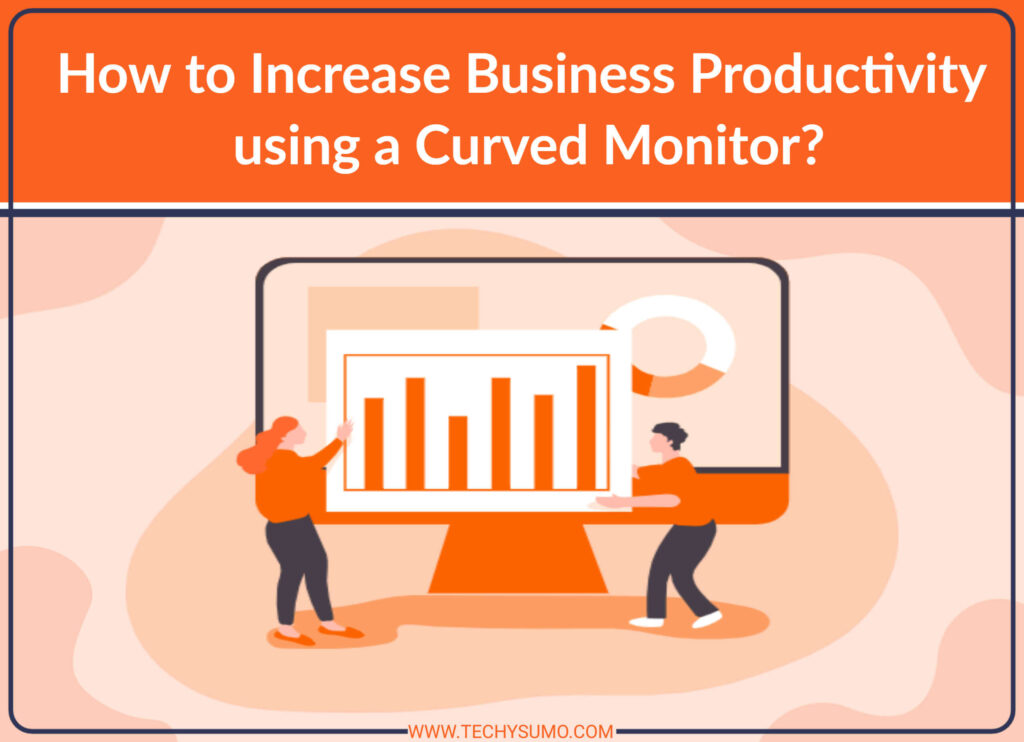You bought the home health care software. Great. Now what?
You sat through the demos. Listened to the promises. Watched the animated videos where everything worked perfectly. But now that you’ve signed the contract, the real challenge begins: implementation.
Spoiler: simply having a fancy platform won’t boost your revenue or streamline your ops. It’s what you do after the purchase that determines whether your agency sees a return on investment—or another line item you regret come budget season.
So how do you actually maximize ROI with home health care software? You think beyond features and focus on outcomes.
Let’s break it down.
Table of Contents
- 1. Align the software with real business goals (not just “digitizing stuff”)
- 2. Prioritize user adoption over bells and whistles
- 3. Customize—but don’t over engineer
- 4. Integrate wherever possible
- 5. Automate the boring stuff
- 6. Use data like it matters—because it does
- 7. Support doesn’t stop at go-live
- Final thought
Also Read
1. Align the software with real business goals (not just “digitizing stuff”)
Going paperless is a nice milestone, sure. But it’s not the goal.
Before rollout, get brutally clear about what you want this system to do. Think in business terms:
- Reduce overtime by 20%
- Improve caregiver retention
- Cut billing errors by half
- Increase visit compliance to 98%
- Shorten time-to-bill by three days
Once you have metrics, you can train, configure, and evaluate accordingly. Otherwise, you’re just throwing tech at problems and hoping for the best.
2. Prioritize user adoption over bells and whistles
The fanciest platform on the planet is useless if no one knows how to use it—or worse, resents it.
Frontline buy-in is everything. That means:
- Involve caregivers early in the process
- Offer role-based training (don’t make schedulers sit through nursing modules)
- Create super users and internal champions
- Make feedback loops easy and actionable
Remember: your software is only as good as the data people put into it. And people only input data when they trust the system helps them, not slows them down.
3. Customize—but don’t over engineer
Most quality home health care software offers customization for forms, workflows, roles, and permissions. Great! Use it to fit your agency’s needs.
But here’s the trap: over customizing to mirror your exact (and possibly inefficient) processes. That’s like buying a Tesla and asking for manual windows.
Use the implementation phase to optimize, not replicate. Lean into the best practices the software was built on—chances are, they’re smarter than your legacy spreadsheets.
4. Integrate wherever possible
Still manually entering timesheet data into payroll? Or exporting client info to another billing platform? That’s not just a productivity issue—it’s a liability.
Maximize ROI by integrating your home health care software with:
- Payroll and HR systems
- EVV platforms
- Billing/claim software
- CRM and referral sources
- Communication tools
The fewer systems that require double entry, the more time (and errors) you save. Efficiency is exponential when your tech stack talks to itself.
5. Automate the boring stuff
Documentation. Visit reminders. Recurring scheduling. Mileage logs. Compliance alerts. All of these should be on autopilot.
If your software can automate it, let it.
For example:
- Auto-assign caregivers based on location and credentials
- Trigger alerts when shift notes are missing or incomplete
- Automatically apply payer-specific billing rules
Not only do you free up admin time—you reduce human error. Which, in home health, isn’t just annoying. It’s expensive.
6. Use data like it matters—because it does
The real ROI comes when you stop using your platform as a glorified filing cabinet and start treating it like a business intelligence tool.
Your home health care software collects data constantly. Use that data to:
- Identify high-performing staff (and burnout risks)
- Spot clients with escalating care needs
- Monitor payer profitability
- Track average time-to-bill and days in AR
- Improve care quality with outcomes-based reporting
Better insights lead to better decisions. And better decisions? They boost revenue, reduce waste, and improve client outcomes.
7. Support doesn’t stop at go-live
Many agencies make this mistake: the software goes live, there’s a few days of training, and then… silence.
But successful implementation is ongoing.
- Reassess workflows every quarter
- Provide refresher training for new features
- Stay in contact with your vendor success team
- Regularly review your ROI metrics
You wouldn’t set a care plan and never adjust it. Treat your software like you do your clients—with regular check-ins and responsive updates.
Final thought
If your agency is disorganized, poorly trained, or bogged down in inefficient processes, software won’t fix that. It’ll just make it digital.
But if you approach implementation with purpose—clear goals, strong training, smart automation, and data-driven decisions—your software investment pays off in spades.
Home health care software like AlayaCare isn’t just about modernization. It’s about making your agency faster, leaner, and more profitable—while delivering better care.
That’s ROI worth showing off.






